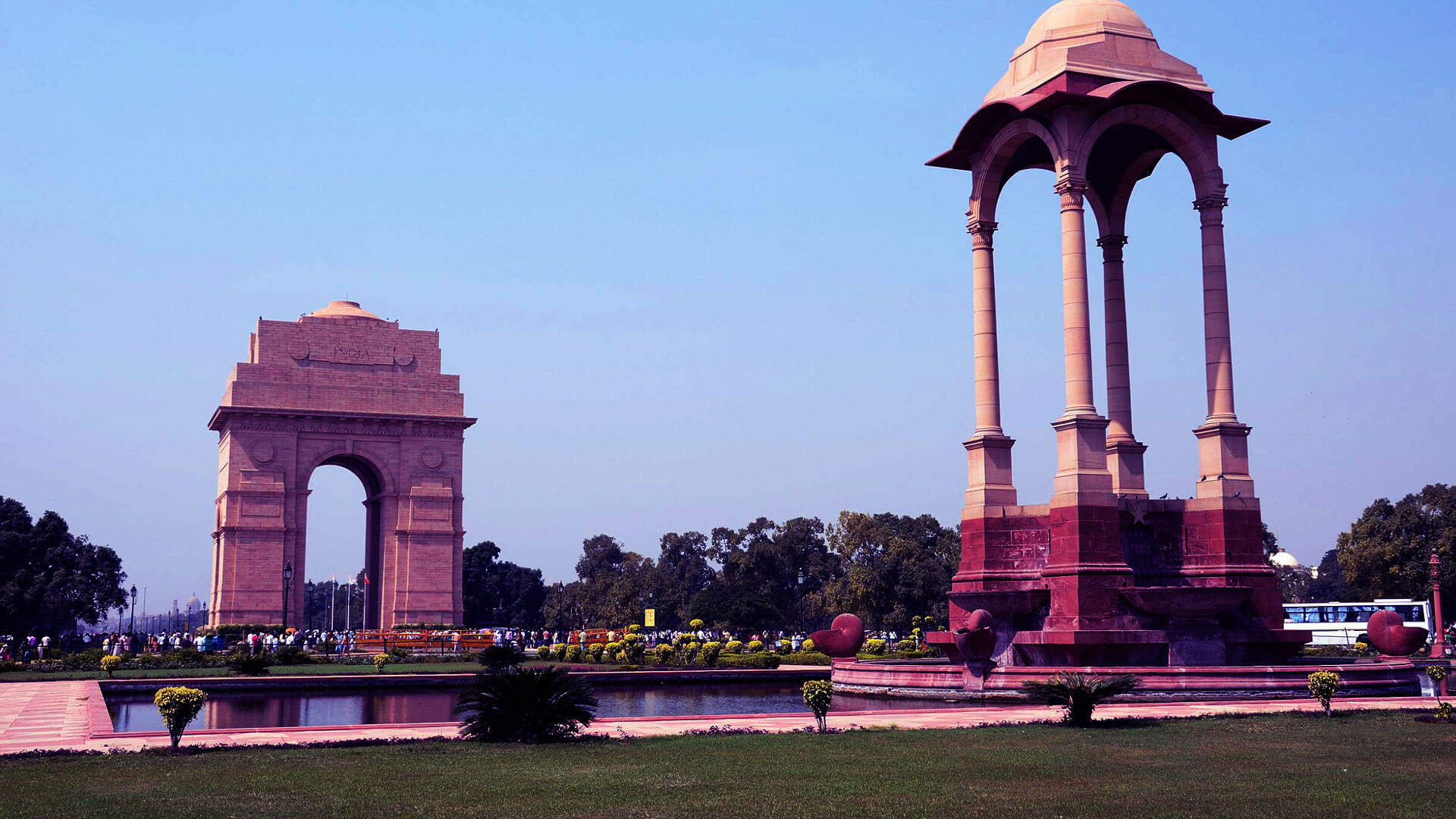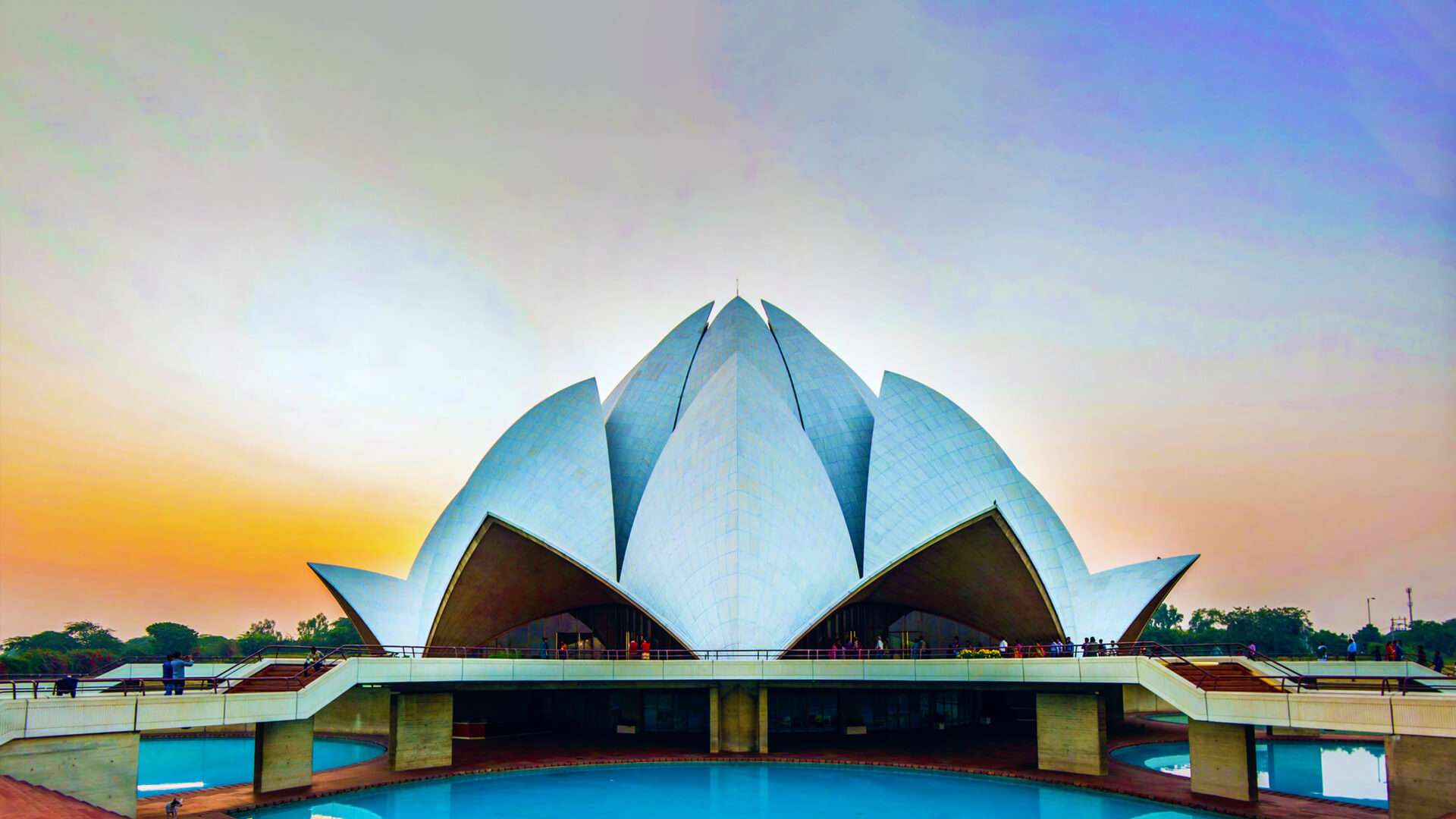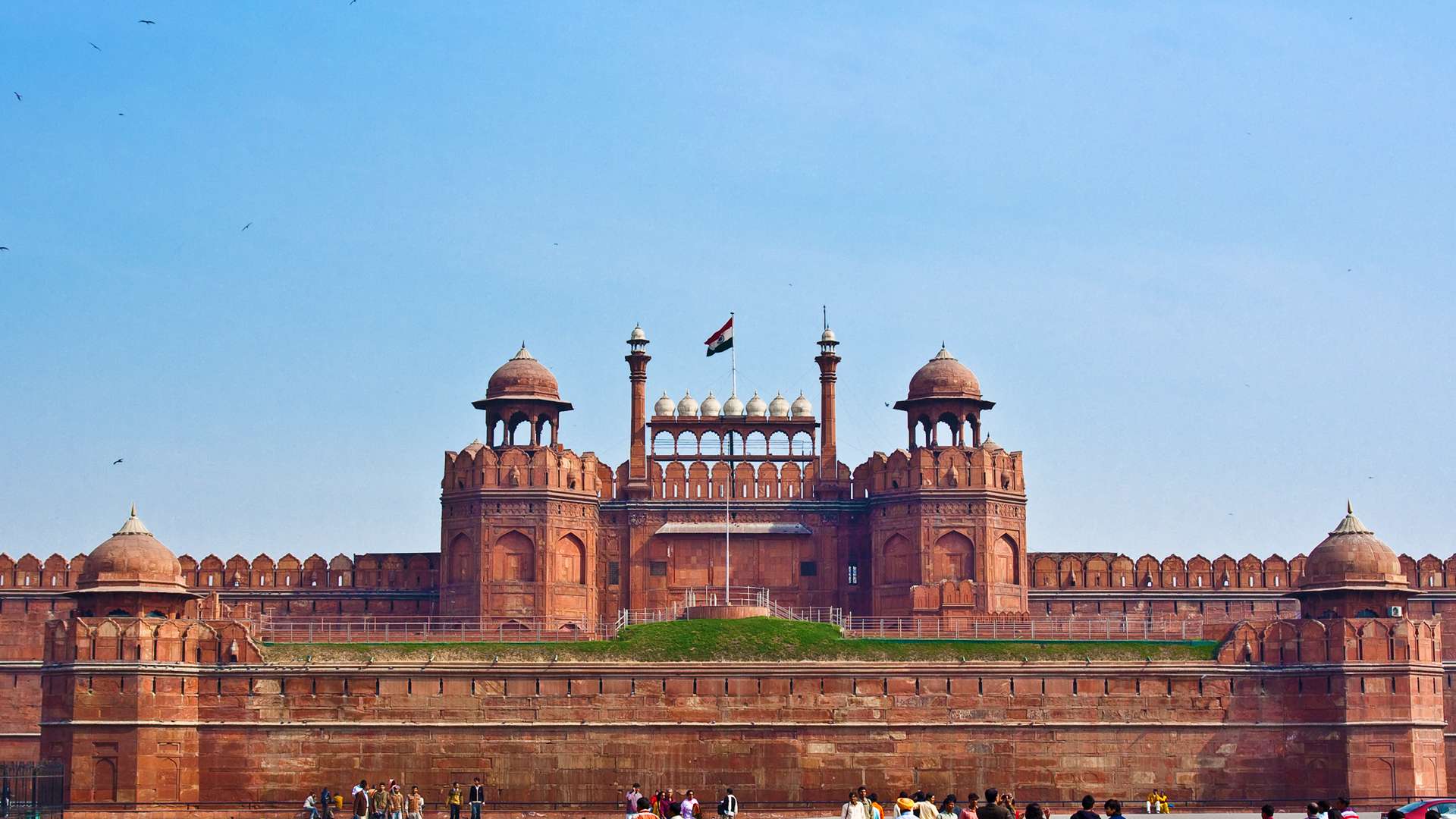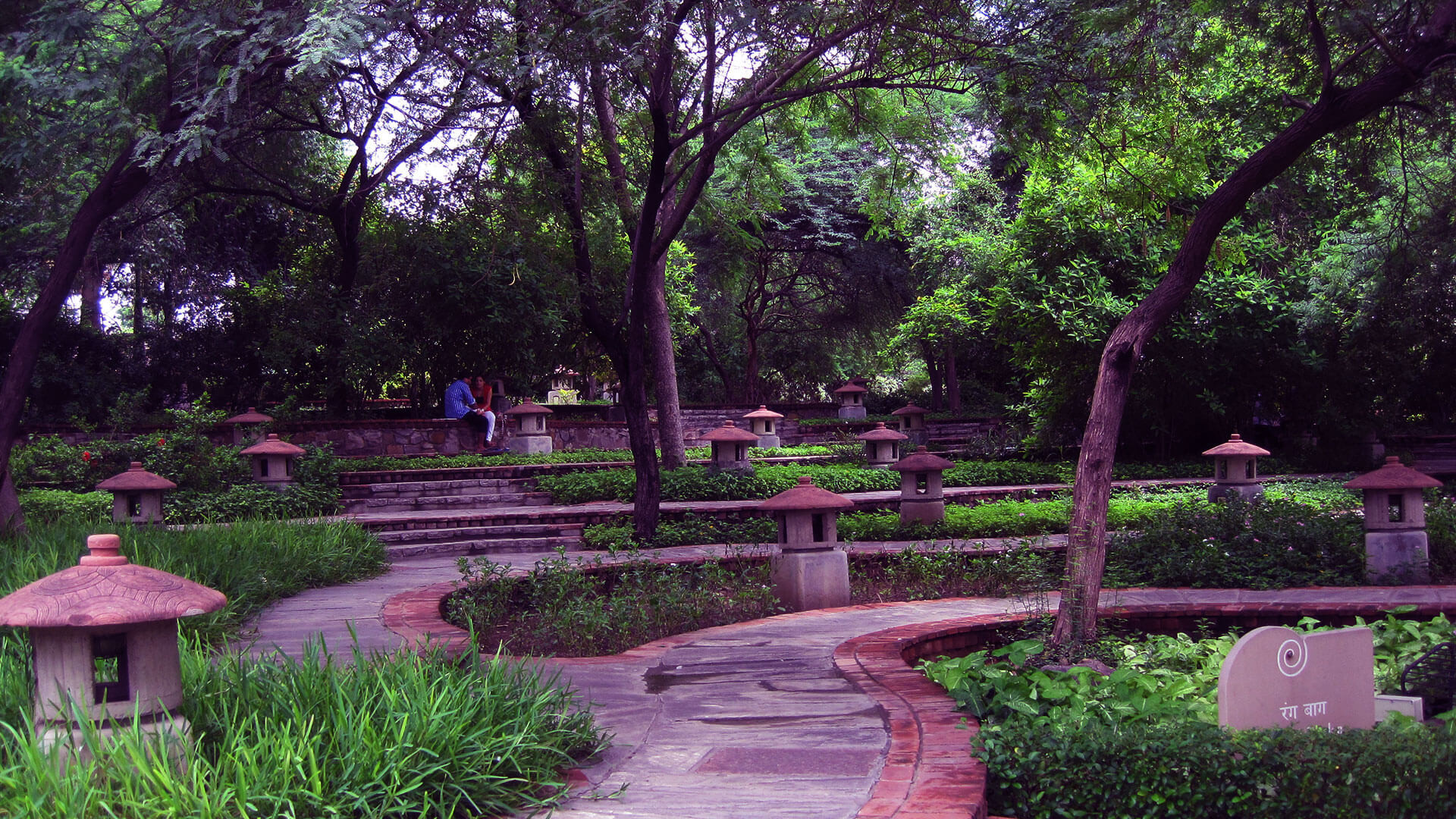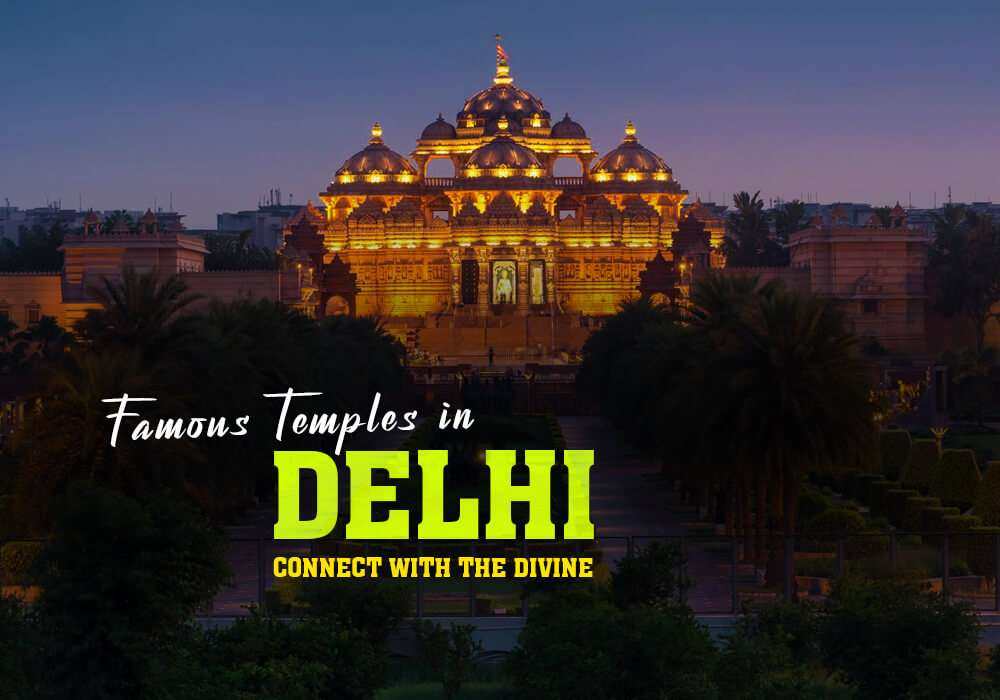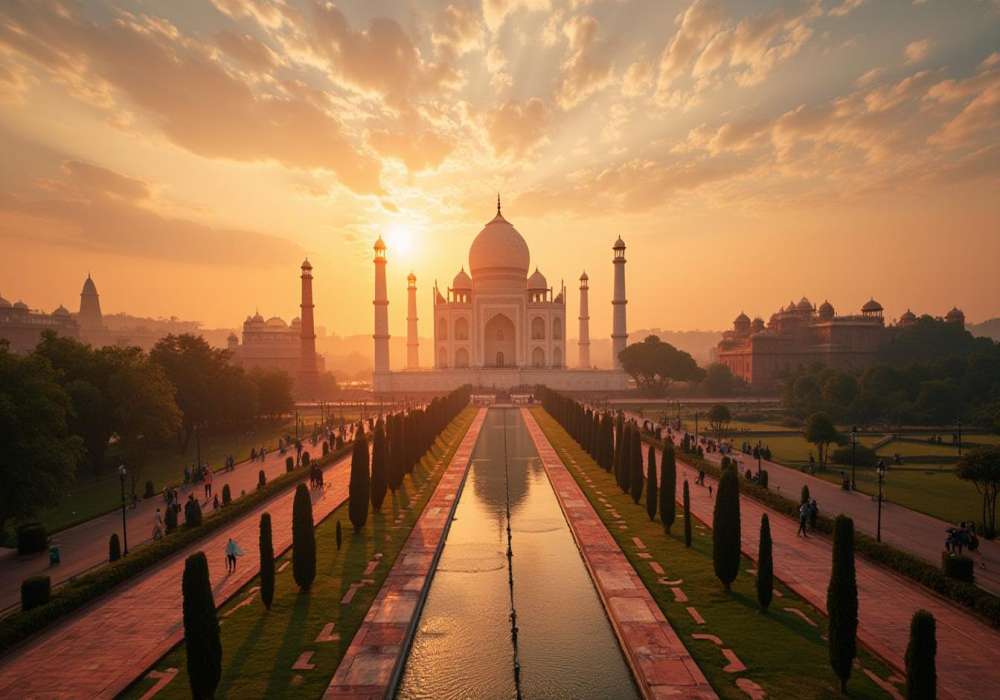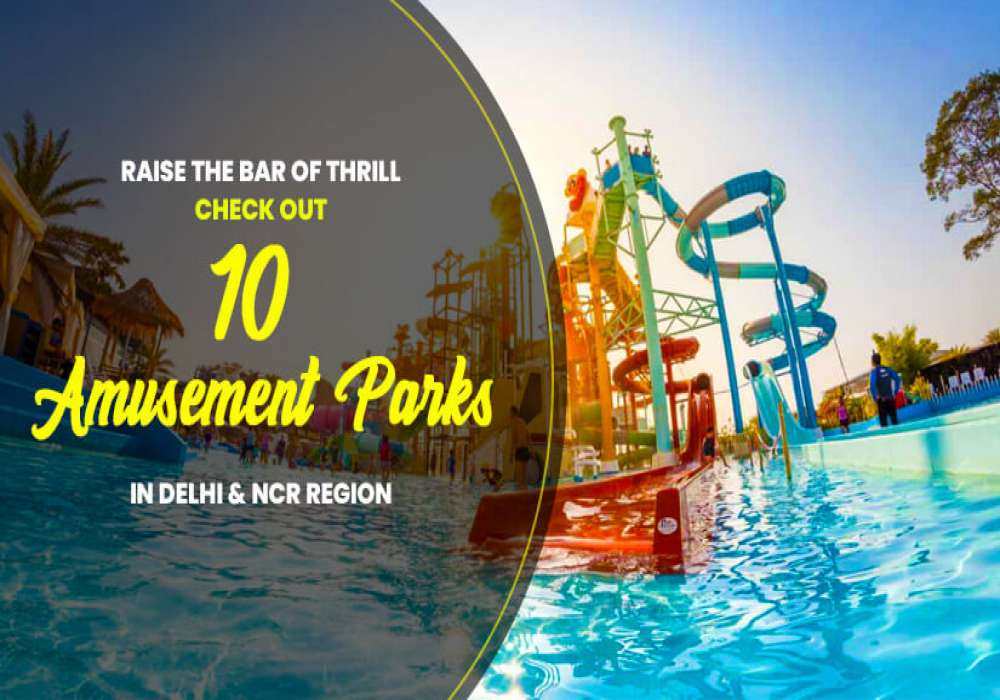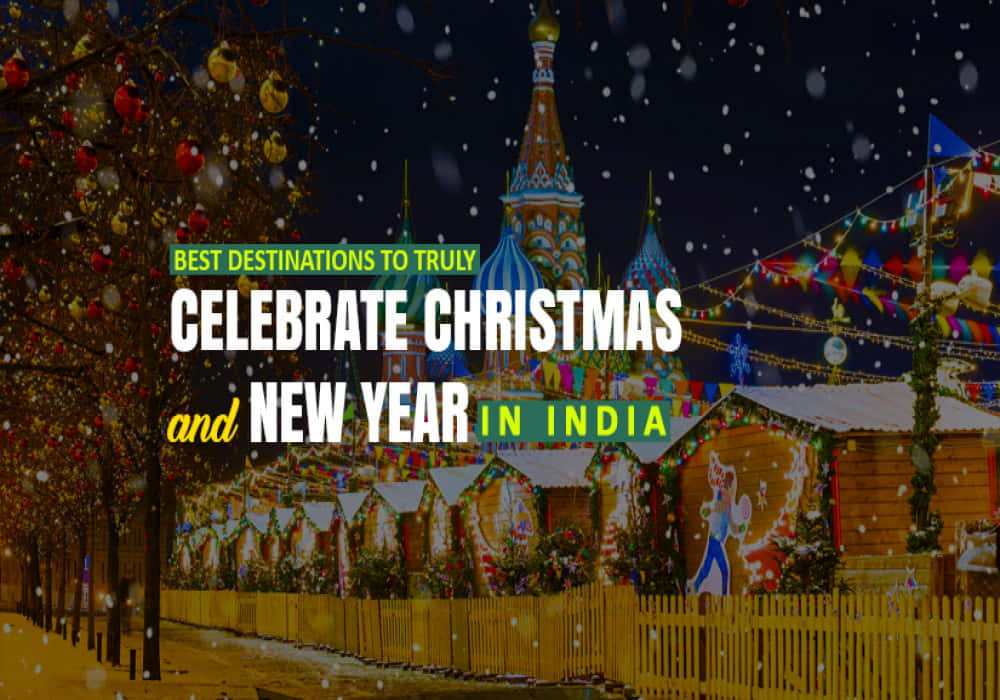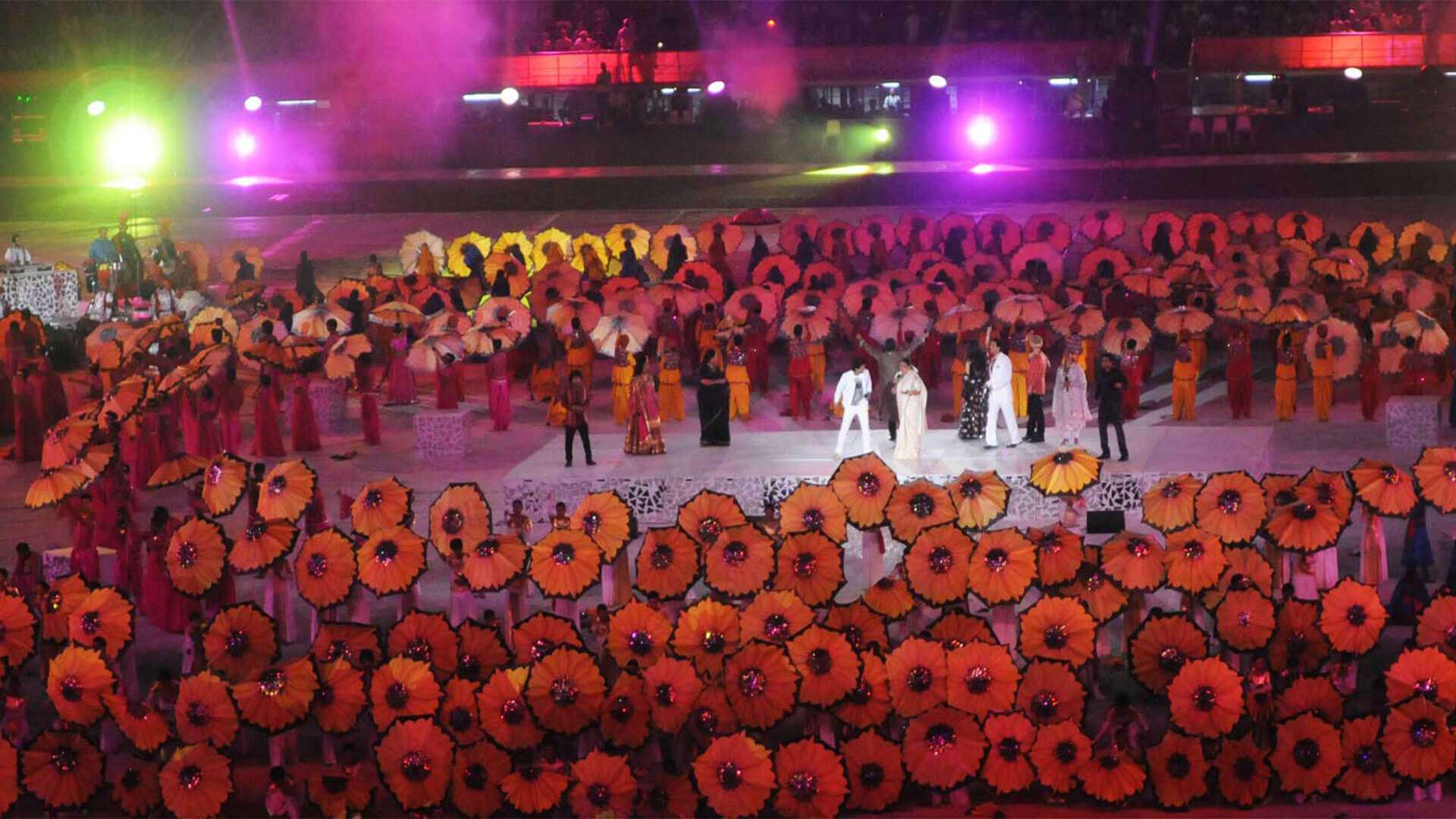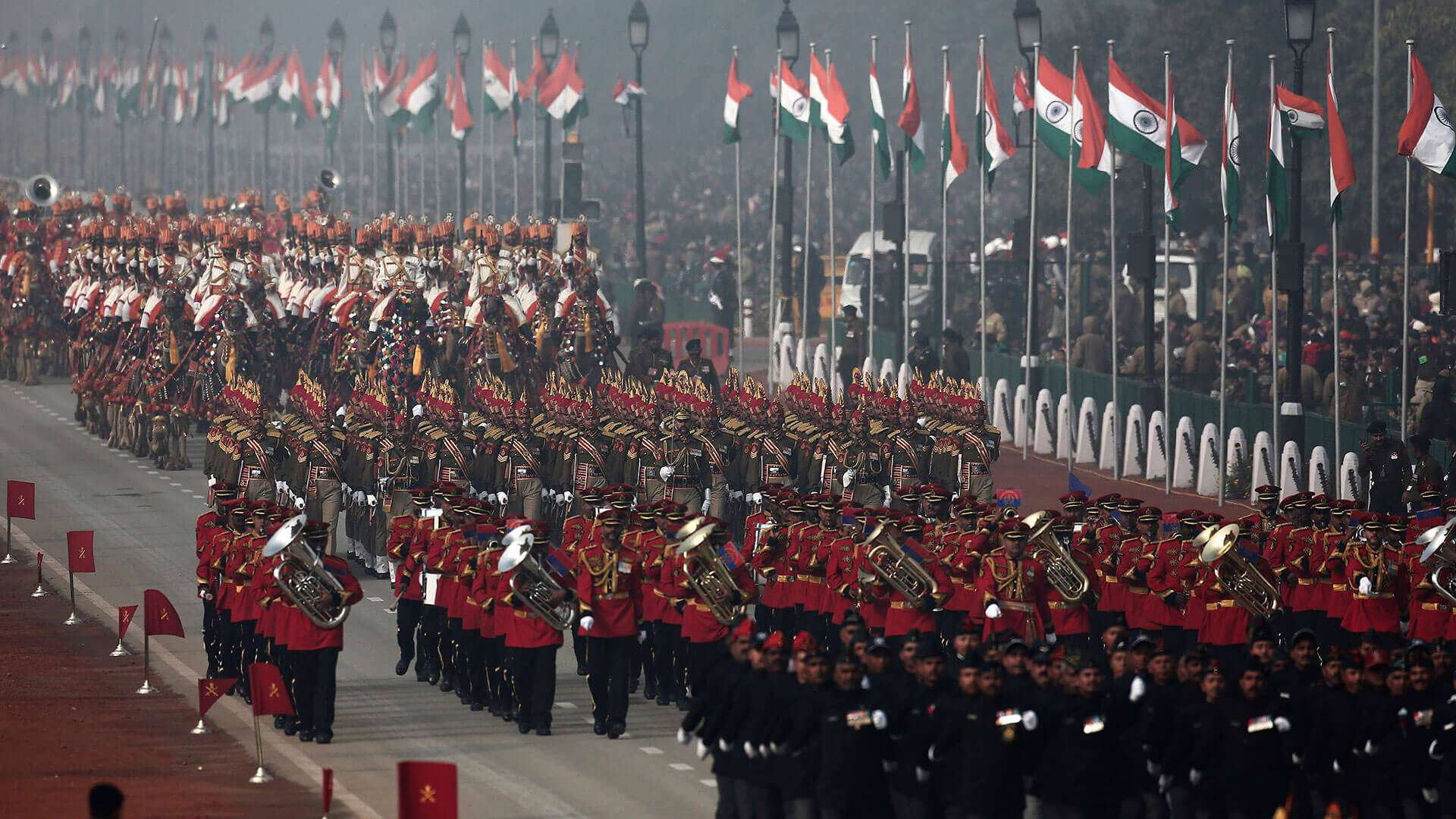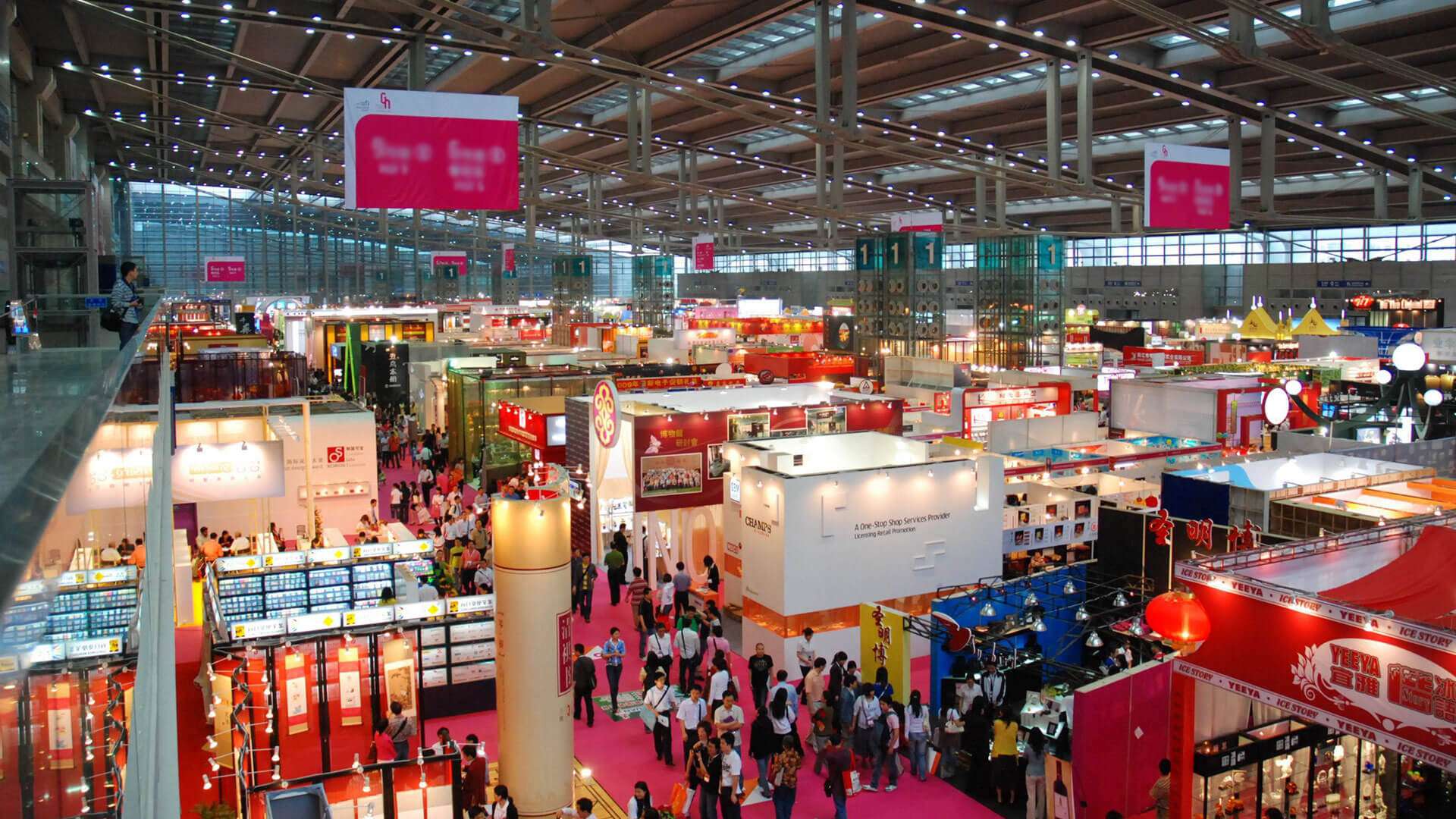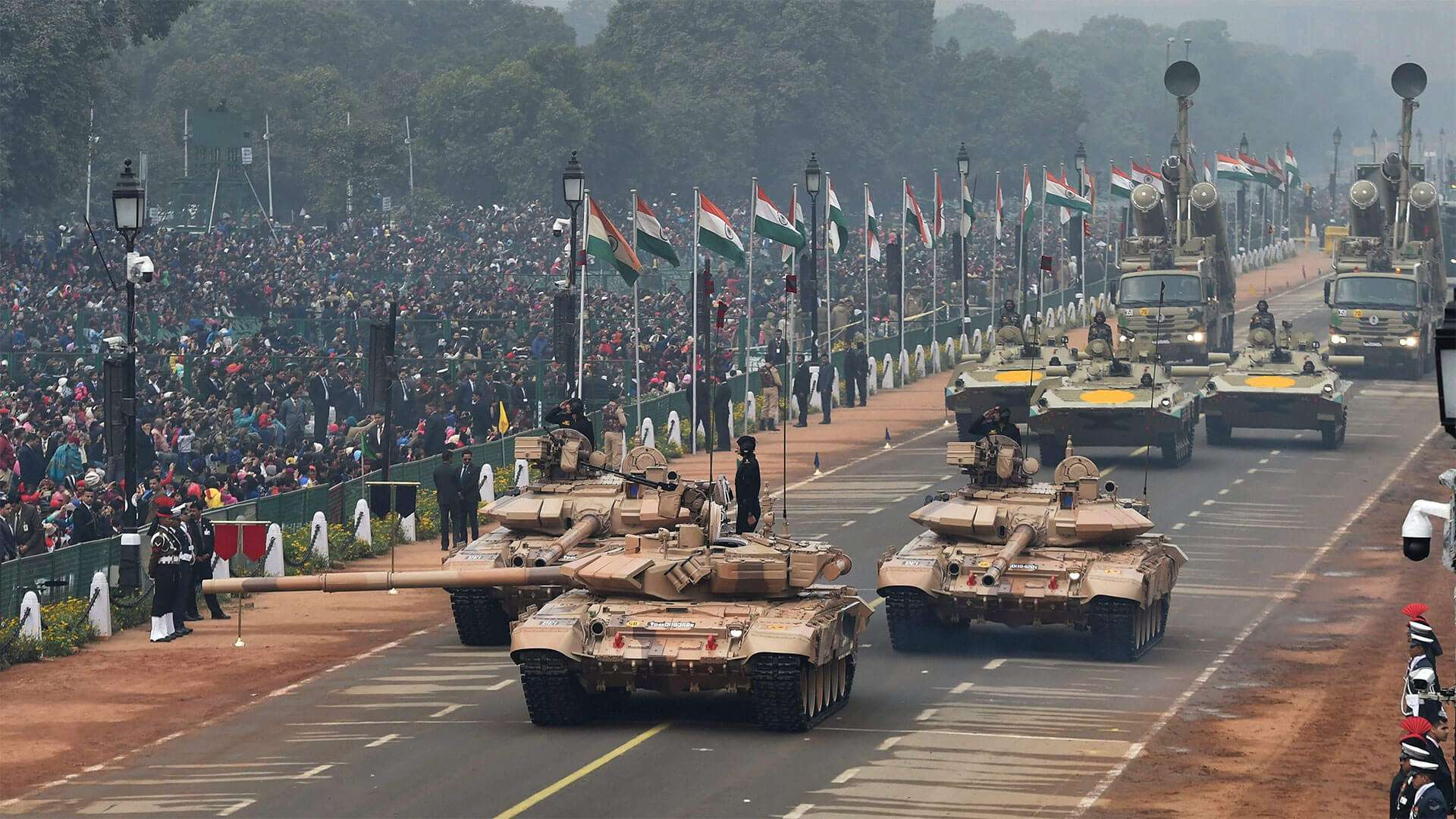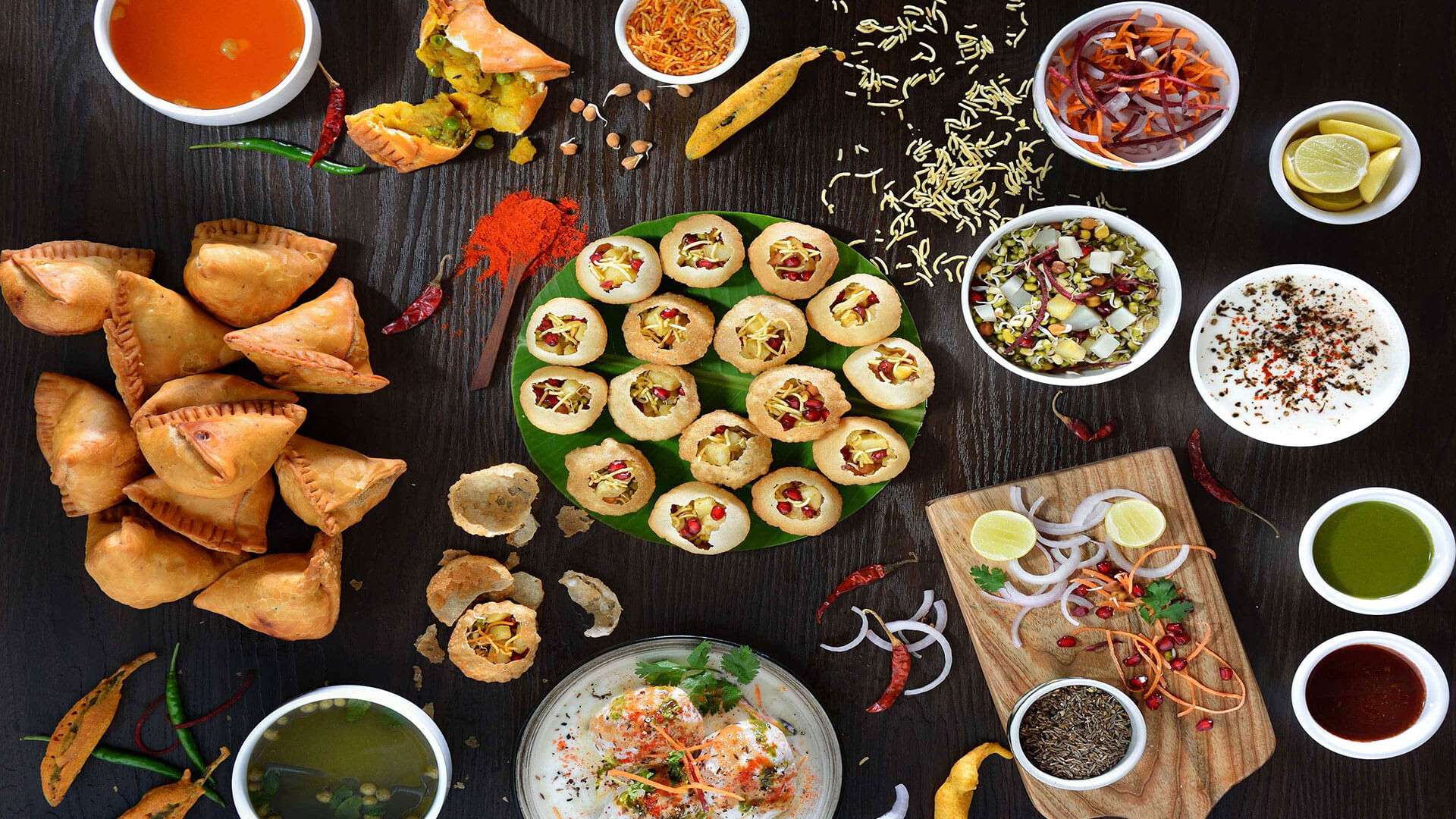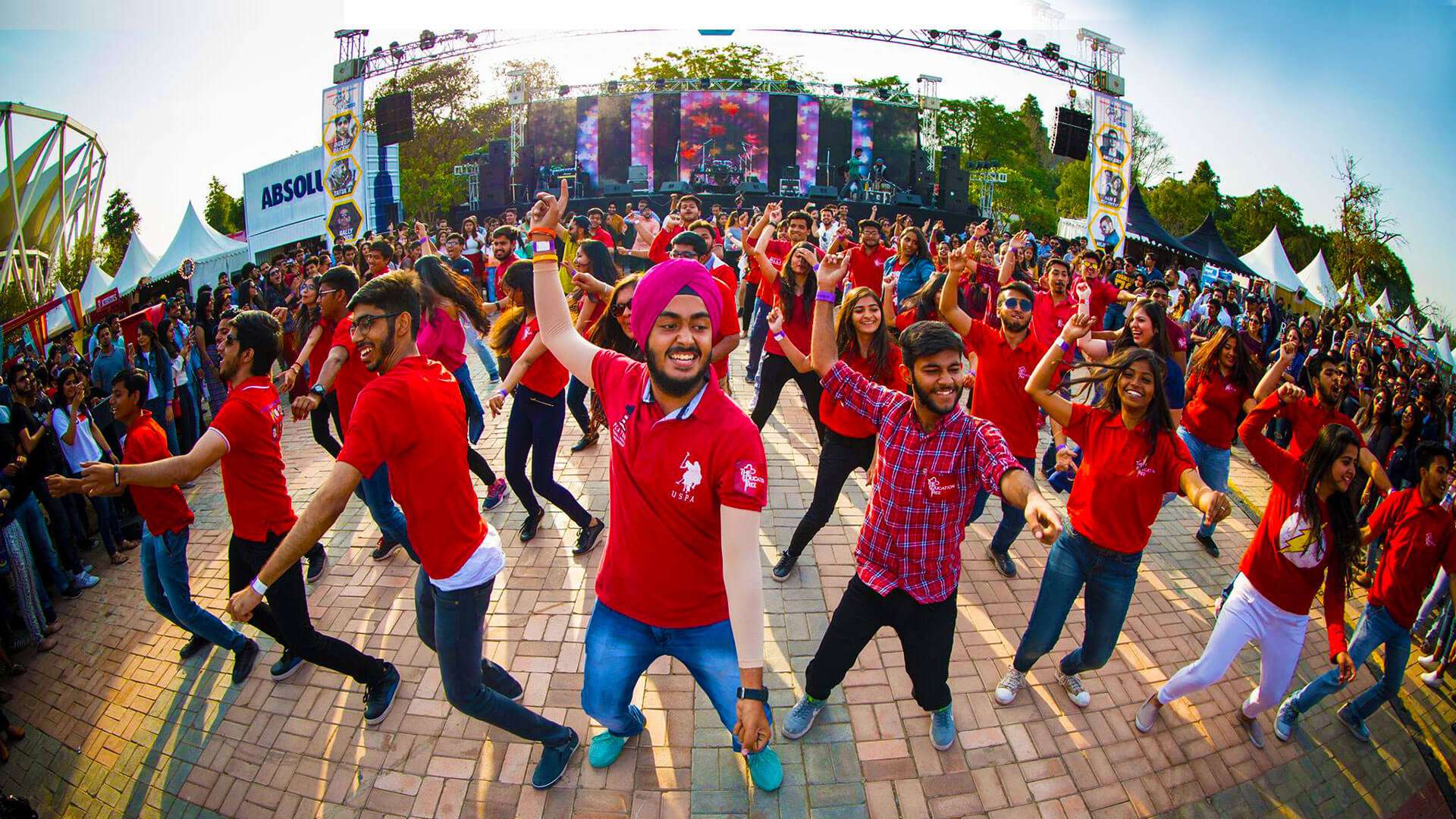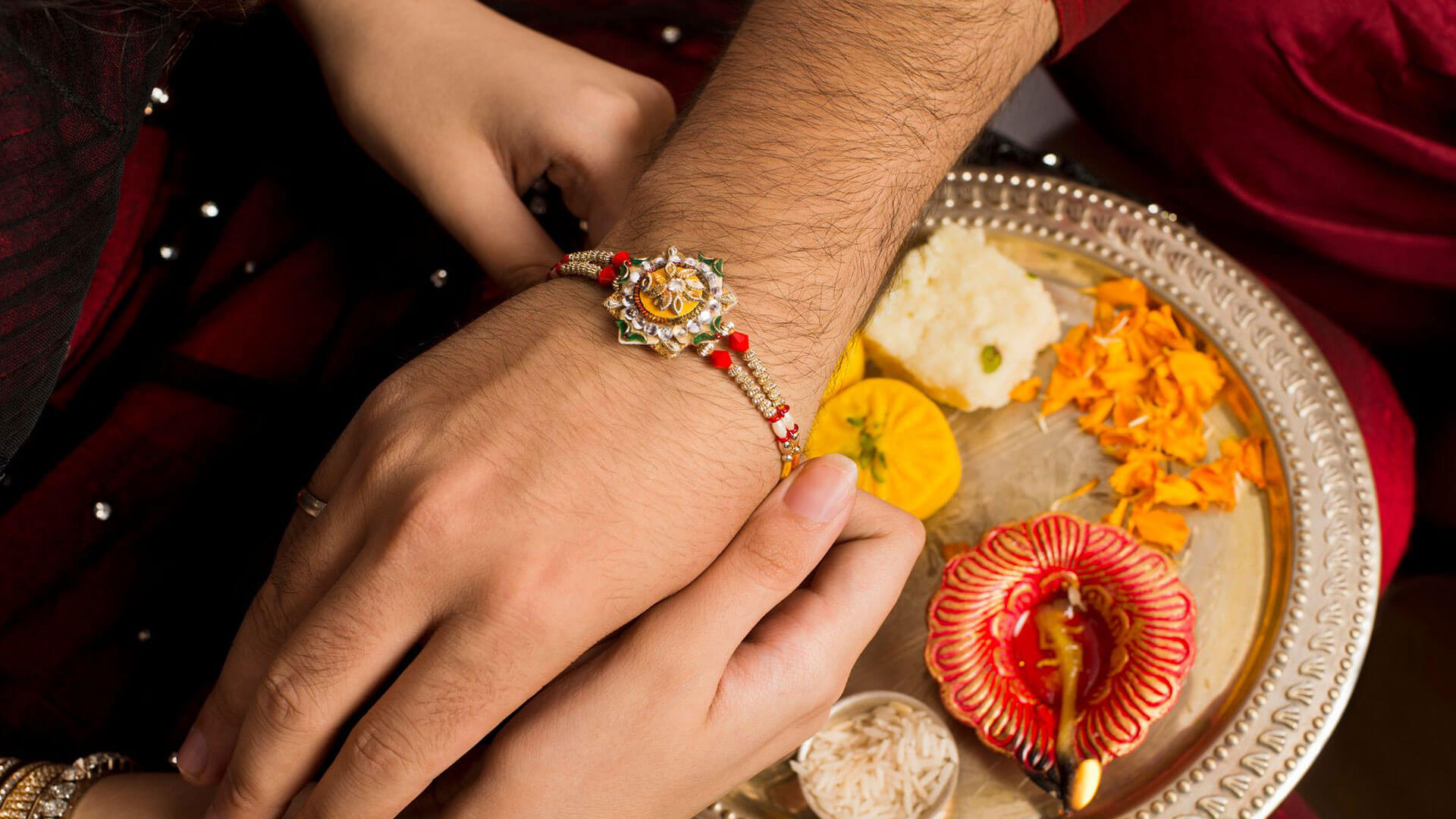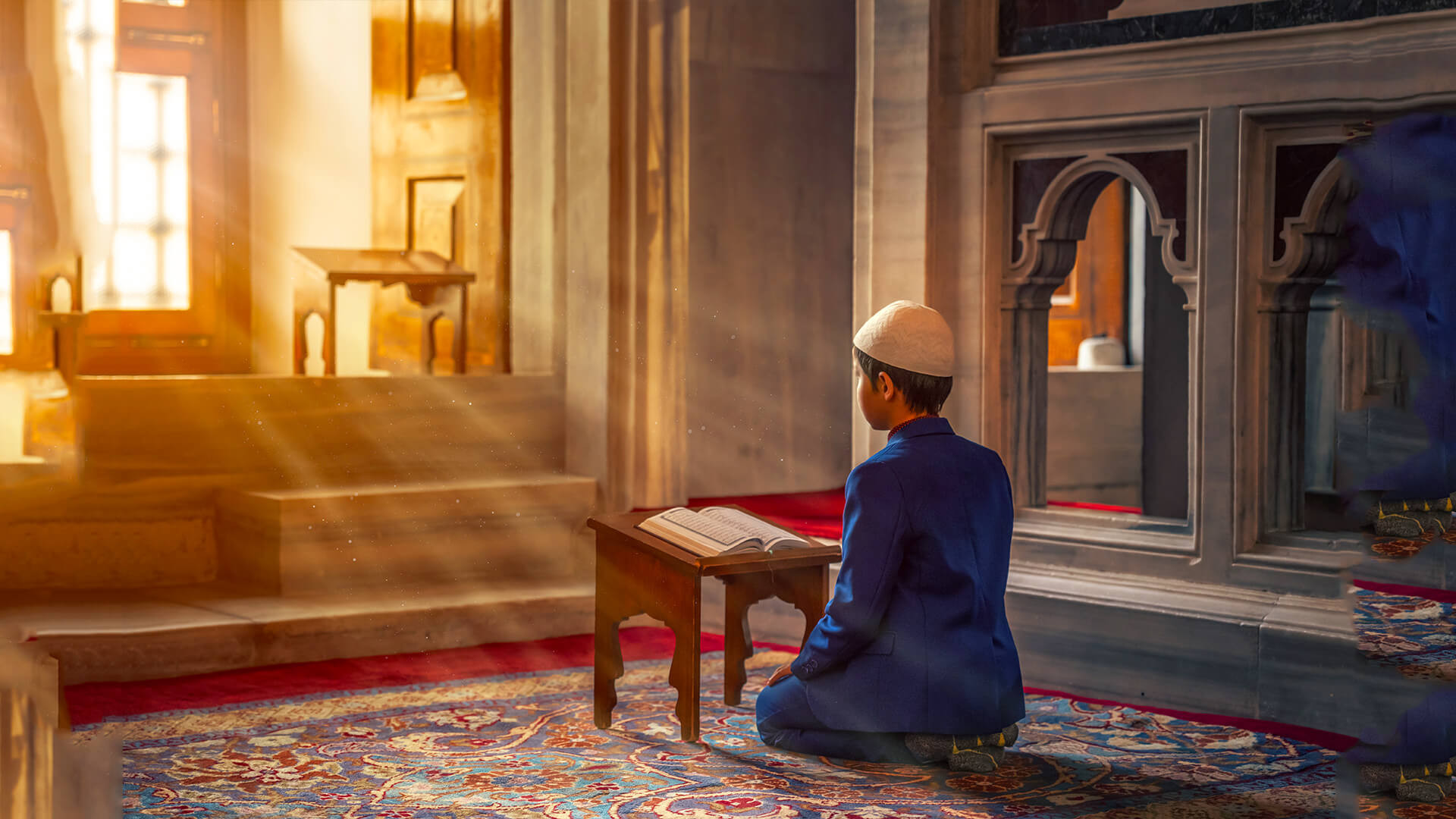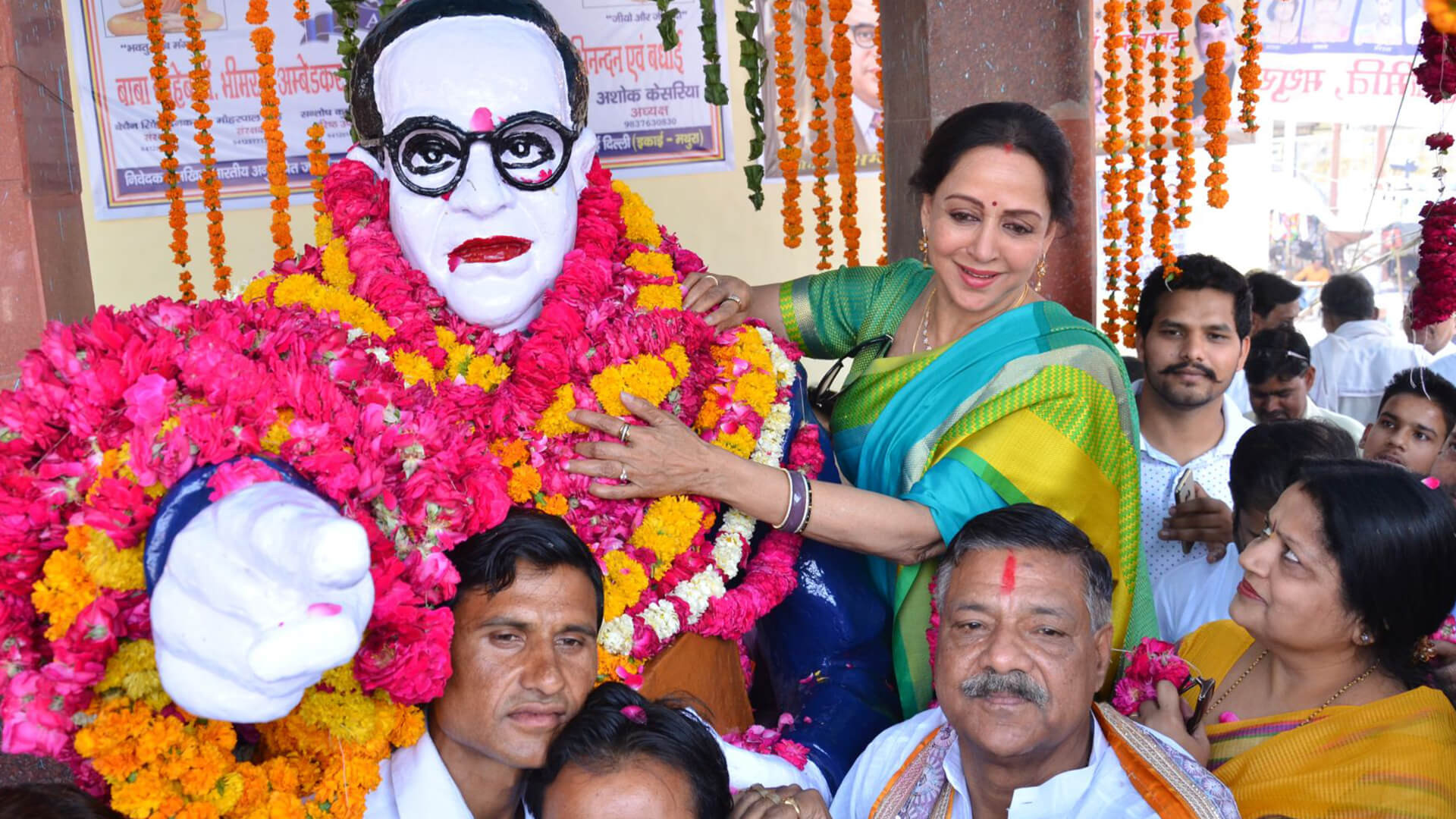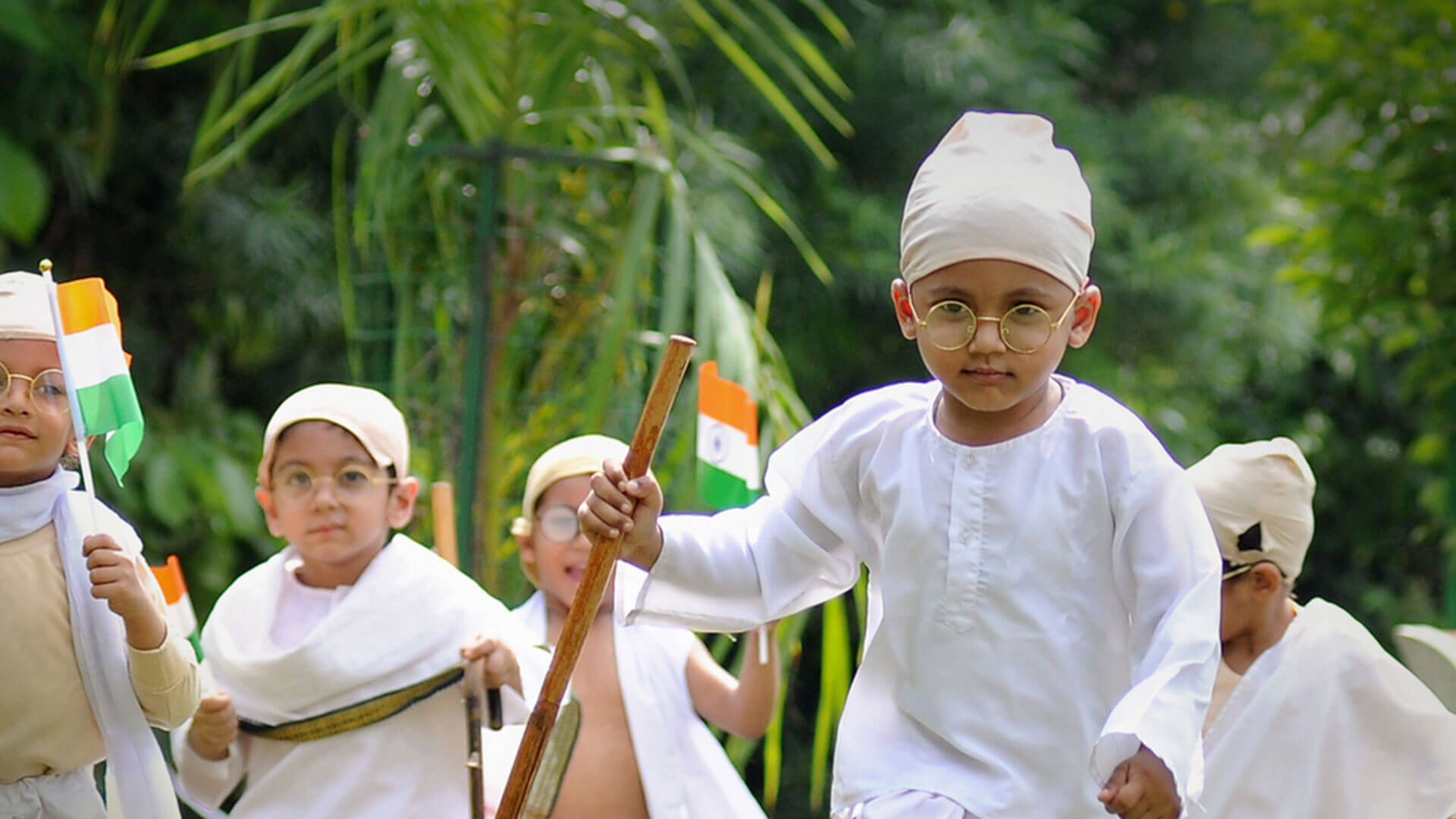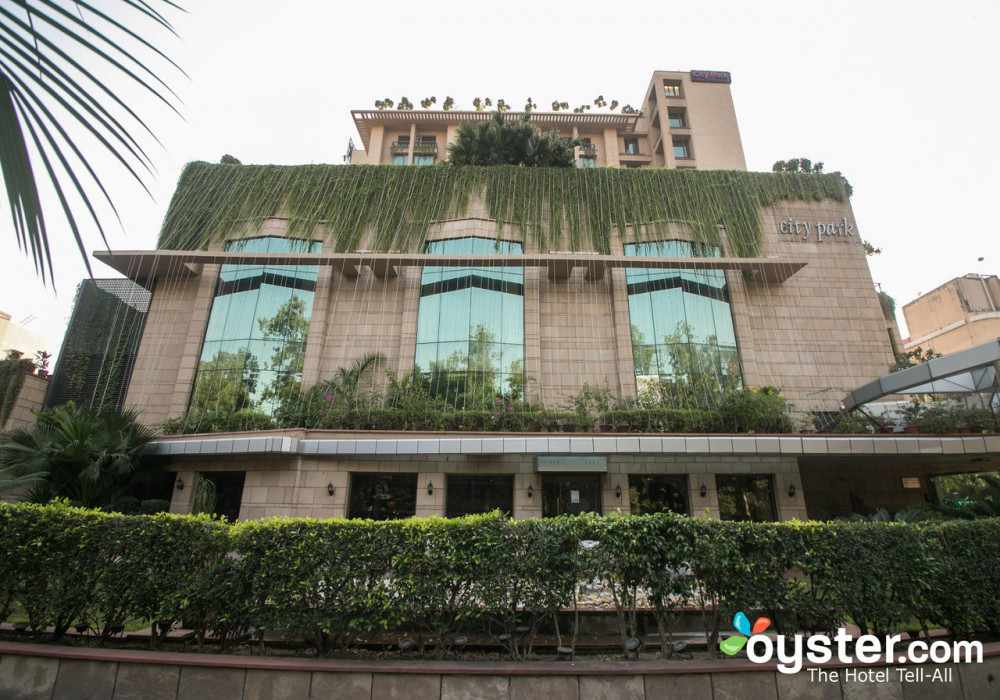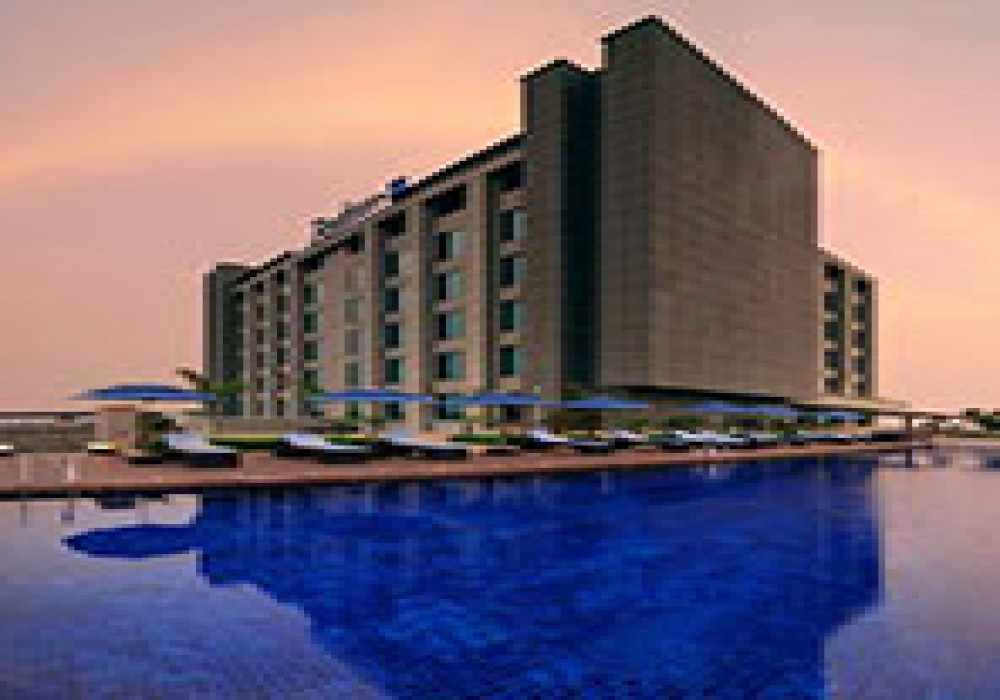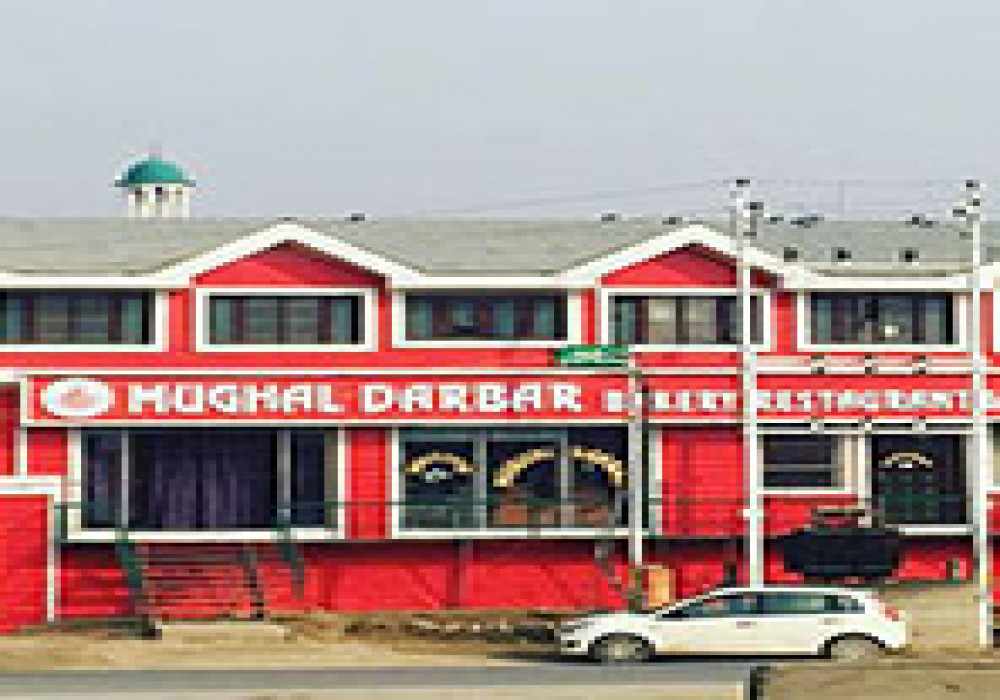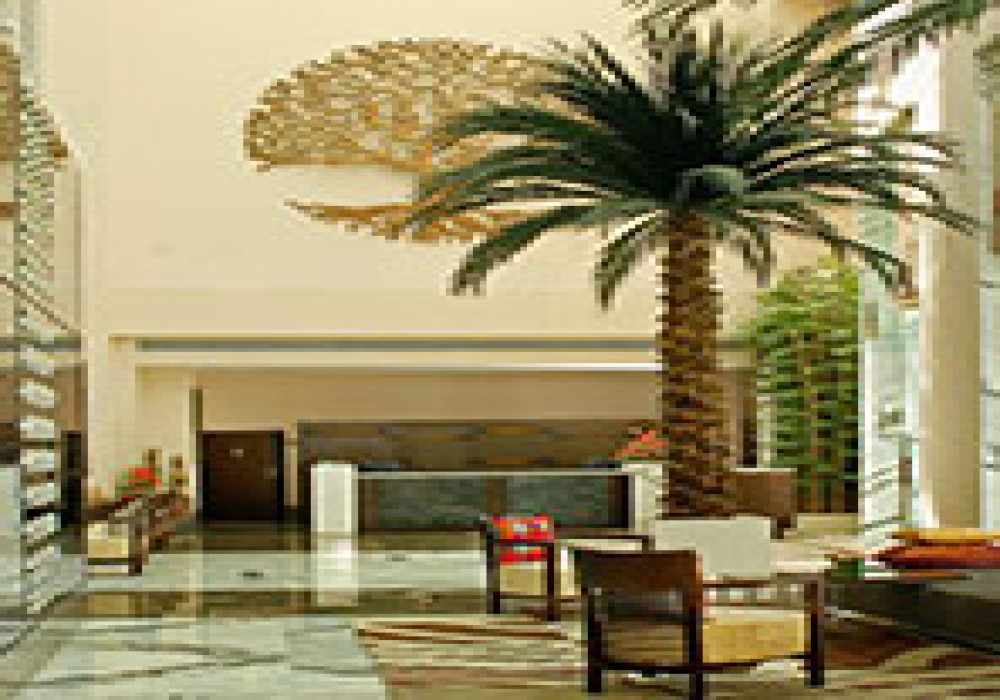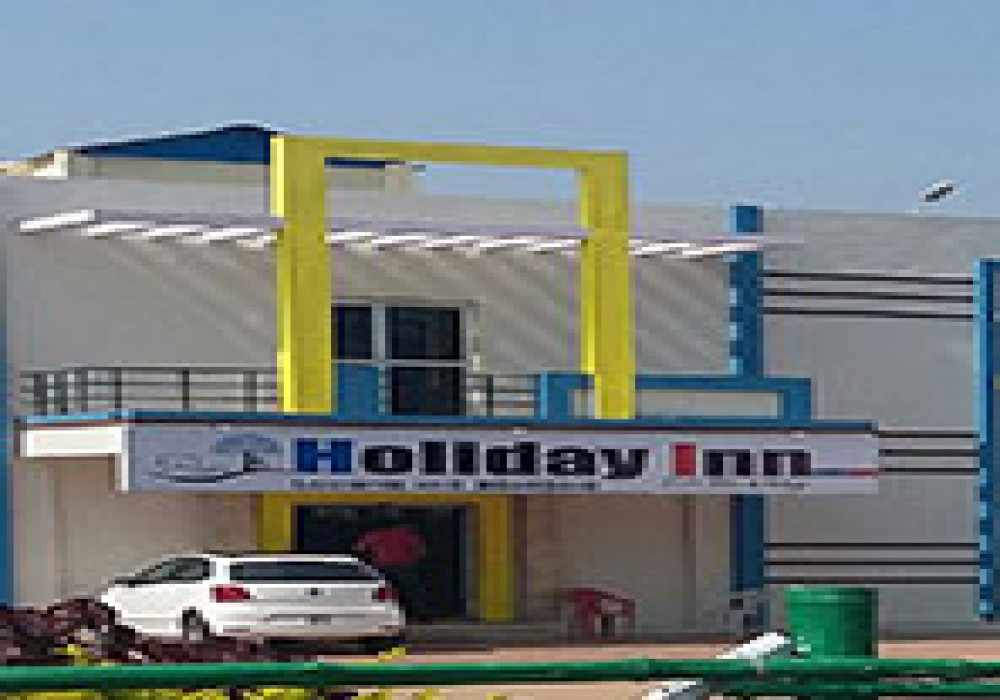Delhi Tour Packages 2025
Cities in Delhi
Best Destinations in Delhi
Delhi, the vibrant capital of India, is a city where history and modernity co-exist in perfect harmony. Divided into Old and New Delhi, it offers an unforgettable mix of ancient monuments, bustling markets, modern infrastructure, and diverse cultures. From the majestic Red Fort and Jama Masjid to the stately India Gate and Rashtrapati Bhavan, every corner of the city tells a tale of India’s glorious past and dynamic present.
A walk through Old Delhi’s Chandni Chowk treats you to the aroma of street food, centuries-old havelis, and bustling bazaars. Meanwhile, New Delhi showcases wide boulevards, green parks, government buildings, and vibrant cultural centers like the Lotus Temple and Akshardham.
For history lovers, Delhi is home to UNESCO World Heritage Sites like Humayun’s Tomb and Qutub Minar. Spiritual seekers can visit the serene Bangla Sahib Gurudwara or the grand ISKCON Temple. Shoppers can head to Connaught Place, Sarojini Nagar, or Dilli Haat, while foodies can relish Delhi’s famous chaats, kebabs, and parathas.
Well-connected by road, rail, and air, Delhi also serves as the gateway to other major destinations like Agra, Jaipur, Haridwar, and Rishikesh.
Whether you're a solo traveler, a history buff, or a foodie, Delhi promises a rich and immersive experience. Plan your trip with Adotrip and uncover the many shades of this timeless city.
Historical Significance of Delhi
Delhi's history spans over 3,000 years shaped by conquests, empires, and cultural transformations. Mentioned in the Mahabharata as Indraprastha, the city was the Pandavas’ capital. In 736 AD the Tomar dynasty founded Lal Kot, later conquered by Prithviraj Chauhan in 1180 and renamed Qila Rai Pithora. Qutb-ud-din Aibak established Qutub Minar in 1193 marking Delhi as his stronghold. Afghan ruler Mohammad Ghori overthrew Chauhan in 1206 establishing the Delhi Sultanate, which saw rulers from the Khilji, Tughlaq, Sayyid, and Lodi dynasties.
Babur's victory in 1526 at Panipat founded the Mughal Empire. His successor Humayun was briefly ousted by Sher Shah Suri who built Purana Qila. In 1638 Shah Jahan established Shahjahanabad (Old Delhi) fortifying it with the Red Fort and Jama Masjid. Delhi remained a battleground for the Marathas and Persian invaders in the 18th century.
The British seized control in 1803 and in 1911 declared Delhi the new capital. Architect Edwin Lutyens designed the imperial city shaping modern New Delhi. After India's independence in 1947 New Delhi was officially named the nation's capital, a symbol of resilience, heritage, and governance.
Climate in Delhi
Delhi experiences an extreme climate, characterized by scorching summers, chilly winters, and a brief monsoon season. The city falls under the semi-arid category, with significant temperature variations throughout the year.
- Summer (April to June): Summers in Delhi are intensely hot, with temperatures soaring up to 45°C. The dry heat and hot winds, known as loo, dominate the season. Light cotton clothing and hydration are essential during this time.
- Monsoon (July to September): Monsoons bring relief from the summer heat, with moderate to heavy rainfall. Humidity levels rise, and the city turns greener, offering a pleasant backdrop for sightseeing despite occasional waterlogging.
- Winter (November to February): Winters in Delhi are cold and foggy, with temperatures dipping as low as 4°C. January is usually the coldest month. Warm woolens are necessary, especially in the mornings and evenings. The city also experiences dense fog during this season, affecting visibility and travel plans.
- Spring & Autumn (February–March & October): These are the most pleasant times in Delhi, with mild temperatures and clear skies—ideal for travel, festivals, and exploring the city’s attractions.
Culture of Delhi
Steeped in rich cultural heritage, Old Delhi still showcases its historic charm with ancient architecture, bustling markets, narrow lanes, and traditional communities preserving the values of a bygone era. In contrast, New Delhi is modern and upscale, reflecting contemporary urban life. The city’s culture is shaped by influences from neighbouring states like Punjab, Rajasthan,Uttar Pradesh, and Haryana. With a history marked by the Chauhans and Mughals, Delhi embraces both Hinduism and Islam, fostering harmony. A hub for migrants seeking better opportunities, Delhi thrives as a cosmopolitan city where old traditions blend seamlessly with modern lifestyles, celebrating diversity and unity.
Art and Handicrafts of Delhi
- Dilli Haat: A cultural hub offering a vibrant display of traditional crafts from all Indian states — from Madhubani paintings to Kashmiri shawls and Rajasthani pottery.
- Handloom & Textile Work: Delhi is known for intricate handloom products like Chanderi, Banarasi, and cotton block-printed fabrics available in markets like Janpath and INA.
- Zardozi & Embroidery: Rich embroidery work, especially Zardozi (gold thread work), is a traditional art still practiced in parts of Old Delhi.
- Terracotta & Pottery: Delhi markets often showcase terracotta sculptures, blue pottery, and decorative clay items ideal for home decor.
- Miniature Paintings & Calligraphy: Inspired by Mughal heritage, miniature artworks and traditional Urdu calligraphy can be found in specialized art shops and exhibitions.
- Silver & Meenakari Jewelry: Local artisans create intricate jewelry using silver, Kundan, and enamel (meenakari) work, available in places like Dariba Kalan.
- Paper Crafts & Puppetry: Handmade paper items, decorative lanterns, and Rajasthani-style puppets reflect India’s folk traditions, often found during craft fairs and exhibitions.
- Government Emporiums: State-run emporiums at Connaught Place offer authentic handicrafts directly from artisans at fixed prices.
The 35 Best Places to Visit in New Delhi
| S.No. | Place | Why It’s Famous |
| 1 | Red Fort | Iconic Mughal-era fort; symbol of India's independence |
| 2 | India Gate | War memorial honoring Indian soldiers |
| 3 | Qutub Minar | UNESCO World Heritage Site; tallest brick minaret in the world |
| 4 | Humayun’s Tomb | First garden-tomb in India; architectural precursor to the Taj Mahal |
| 5 | Lotus Temple | Bahá'í House of Worship; known for lotus-like structure |
| 6 | Akshardham Temple | Grand temple complex with cultural exhibitions and water show |
| 7 | Jama Masjid | One of India’s largest mosques; rich Mughal architecture |
| 8 | Rashtrapati Bhavan | Official residence of the President of India; colonial-era marvel |
| 9 | Raj Ghat | Memorial of Mahatma Gandhi |
| 10 | Chandni Chowk | Historic market; famous for food, fabrics, and spices |
| 11 | Connaught Place | Iconic shopping and business district |
| 12 | Lodhi Garden | Scenic park with historic tombs and greenery |
| 13 | National Museum | Ancient Indian artifacts and heritage collections |
| 14 | National Rail Museum | Exhibits India’s rail heritage; interactive displays |
| 15 | Jantar Mantar | Astronomical observatory from the 18th century |
| 16 | Agrasen ki Baoli | Historic stepwell; popular for photography and history lovers |
| 17 | Safdarjung Tomb | Ornate Mughal tomb and architectural landmark |
| 18 | Purana Qila | Oldest fort in Delhi; historical and archaeological significance |
| 19 | Hauz Khas Village | Trendy spot with historical ruins, art cafes, and nightlife |
| 20 | Dilli Haat | Open-air market showcasing Indian handicrafts and cuisines |
| 21 | Sarojini Nagar Market | Famous for budget shopping and trendy clothes |
| 22 | Mehrauli Archaeological Park | Cluster of ancient ruins and heritage monuments |
| 23 | ISKCON Temple | Spiritual destination with devotional activities and museum |
| 24 | Gurudwara Bangla Sahib | Important Sikh shrine with a holy sarovar |
| 25 | Tughlaqabad Fort | Ruined fort from the Tughlaq dynasty; offbeat heritage site |
| 26 | Nehru Planetarium | Astronomy shows and space education for all ages |
| 27 | Delhi Zoo (National Zoological Park) | Family-friendly wildlife experience |
| 28 | Garden of Five Senses | Artistic landscaped garden with cultural themes |
| 29 | Tibet Market (Majnu Ka Tila) | Tibetan food, culture, and handicrafts |
| 30 | Crafts Museum | Traditional crafts, textiles, and tribal art showcase |
| 31 | Pragati Maidan | Major venue for expos, book fairs, and trade shows |
| 32 | Rashtrapati Bhavan Museum | Interactive exhibits on India’s Presidents and political legacy |
| 33 | Yamuna Ghat | Picturesque ghat known for birdwatching and boat rides |
| 34 | Karol Bagh | Shopping hub for electronics, fashion, and bridal wear |
| 35 | Bhairon Mandir | Sacred temple dedicated to Bhairav; unique among Delhi temples |
Top 10 Markets of Delhi
| S.No. | Market Name | Unique Aspects |
| 1 | Chandni Chowk | Oldest market; famous for wedding shopping, street food, and wholesale goods |
| 2 | Sarojini Nagar | Trendy fashion at throwaway prices; favorite among college students |
| 3 | Lajpat Nagar | Known for ethnic wear, home décor, and accessories at reasonable prices |
| 4 | Janpath Market | Bohemian clothes, silver jewelry, and Tibetan artifacts |
| 5 | Khan Market | Elite shopping destination; branded outlets, cafes, and bookstores |
| 6 | Karol Bagh | Bridal shopping hub; popular for sarees, jewelry, and electronics |
| 7 | Dilli Haat | Handicrafts and cuisines from all Indian states in a cultural bazaar format |
| 8 | Paharganj Market | Backpacker’s paradise; budget clothing, leather goods, and quirky finds |
| 9 | Sadar Bazaar | One of India’s largest wholesale markets for household items and toys |
| 10 | Meena Bazaar (Near Jama Masjid) | Traditional Mughal-style market; known for ethnic wear, ittar, and jewelry |
Why Visit Delhi?
Delhi, the heart of India, is a city where history and modernity coexist beautifully. From magnificent Mughal-era monuments like the Red Fort and Humayun’s Tomb to vibrant street markets and luxurious shopping malls, Delhi offers a dynamic experience. Explore ancient temples, bustling bazaars, and world-class museums. Savour diverse cuisines, from authentic street food to fine dining. With its blend of heritage, culture, and urban sophistication, Delhi captivates every traveller, offering a glimpse into India’s rich past and thriving present.
When to Visit Delhi?
The best time to visit Delhi is between October and March when the weather is pleasant. Winters (December to February) are cool and ideal for exploring historical sites, while spring (March) offers blooming flowers and mild temperatures. Avoid the scorching summer months (April to June) and monsoon season (July to September), which bring humidity and heavy rainfall.
Frequently Asked Questions About Delhi
Q1. What is the best time to visit Delhi?
A1. The best time to visit Delhi is between October and March, when the weather is pleasant and ideal for sightseeing and outdoor activities.
Q2. Which are the must-visit historical monuments in Delhi?
A2. Key historical sites include the Red Fort, Qutub Minar, Humayun’s Tomb, India Gate, and Jama Masjid, showcasing Delhi's rich Mughal and colonial heritage.
Q3. Is Delhi safe for tourists?
A3. Yes, Delhi is generally safe for tourists, especially in well-populated areas. It’s advisable to take standard precautions like avoiding isolated areas at night and using verified transport services.
Q4. What are some famous street foods to try in Delhi?
A4. Must-try Delhi street foods include Chole Bhature, Golgappe, Parathas from Paranthe Wali Gali, Kebabs, and Kulfi.
Q5. How can I travel around Delhi?
A5. Delhi has a well-connected Metro system, auto-rickshaws, buses, and e-rickshaws, making local travel convenient and affordable.


